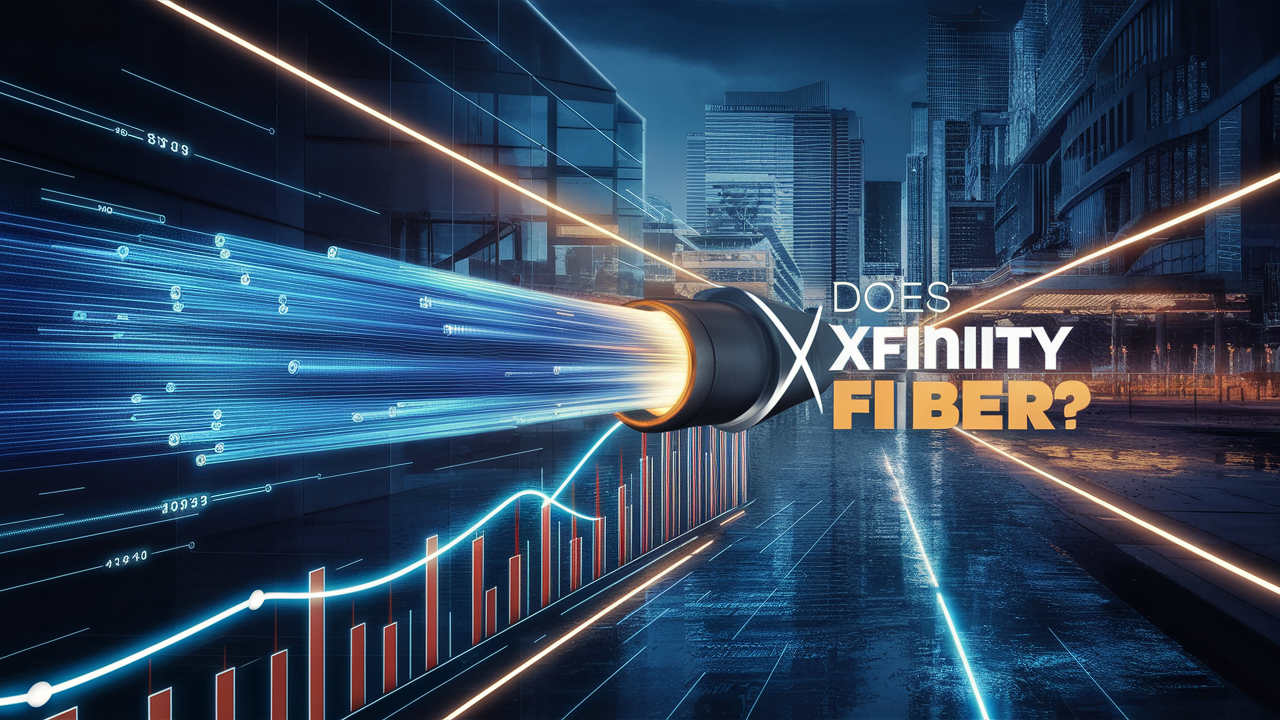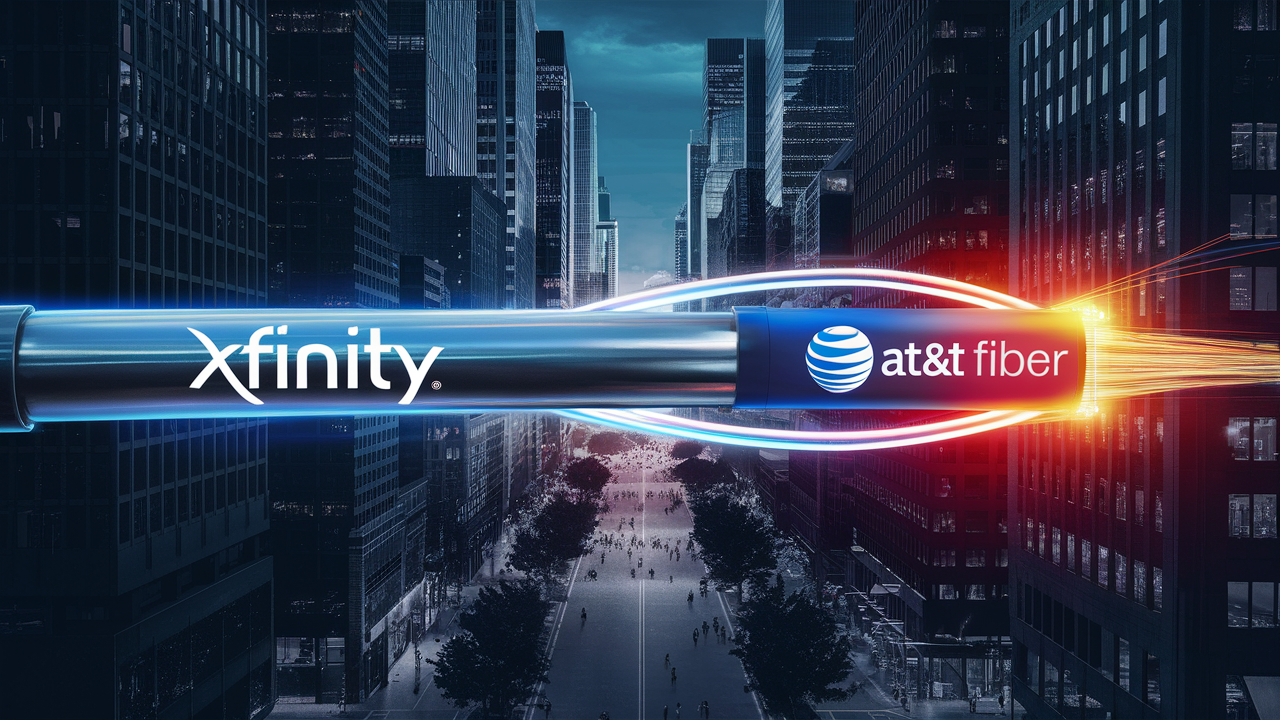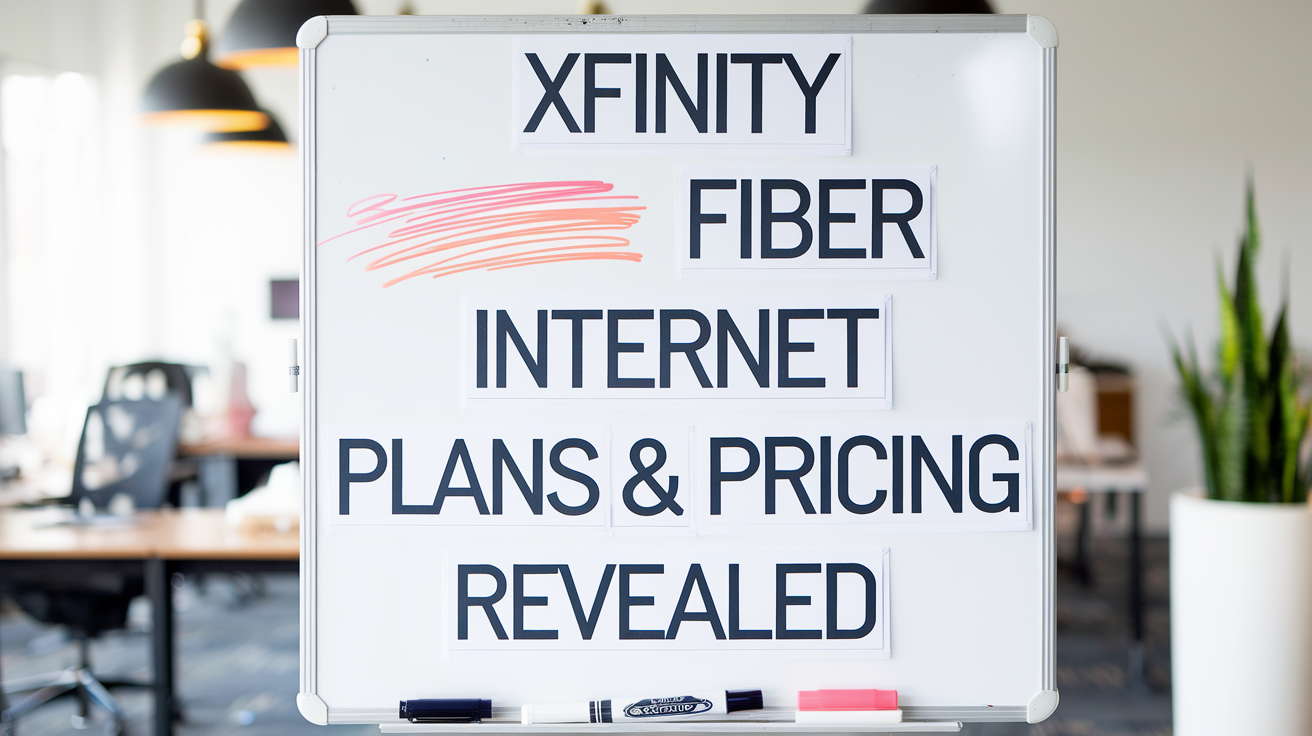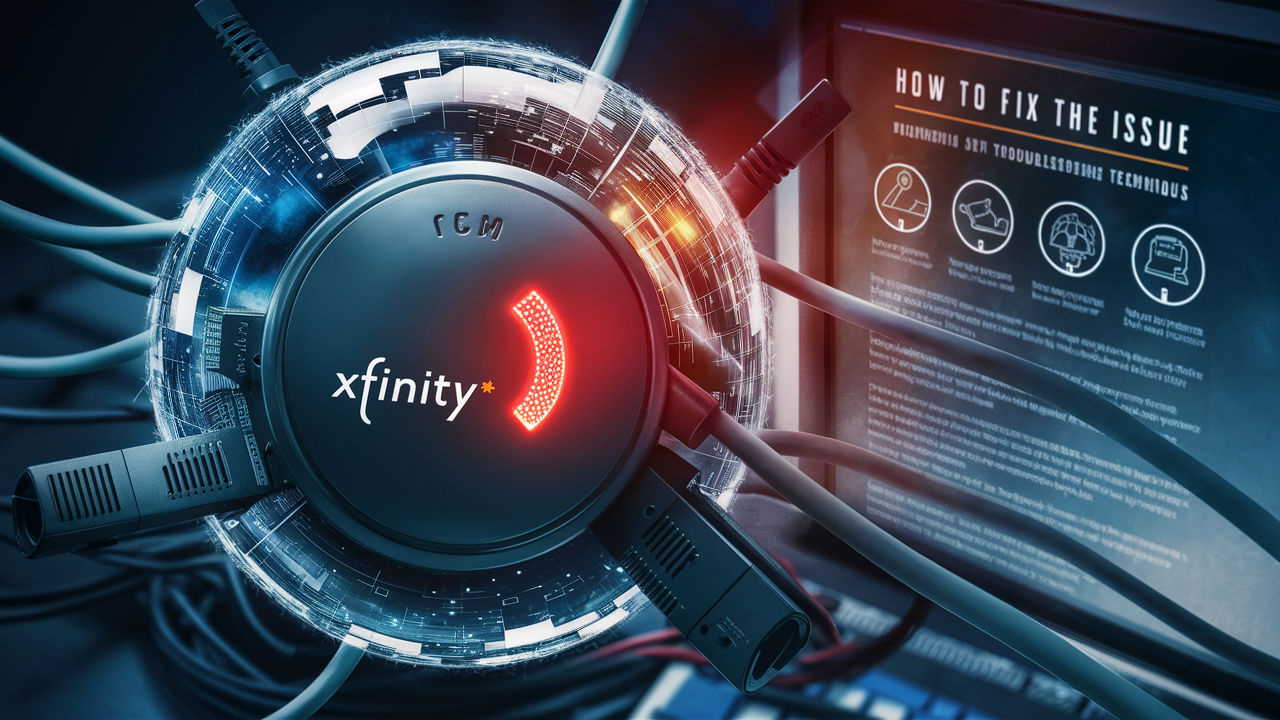Does Xfinity Have Fiber?

Xfinity is a cable and telecommunications company that services millions of customers across 40 states in the United States. One question that many people may have is whether the Xfinity service provides fiber optic internet connection. The answer is more complex than a simple yes or no. Here is an overview of Xfinity and fiber.
IoT: What is Fiber Optic Internet?
Fiber optic internet describes broadband internet that is transmitted using fiber optic cables that are made of thin strands of glass or plastic. Fiber optic internet can provide much higher bandwidth and comparatively less delay than current cable or DSL internet provided over copper lines.
The key benefits of fiber optic internet include
- Unsurpassed speed – Fiber can deliver speeds of up to one gigabit per second or even more in a symmetrical connection. This allows for practice such as HD streaming, gaming, and video conferencing that do not lag or buffer.
- Reliability: Fiber optic cables are not easily affected by electromagnetic interference hence providing consistent speeds and less interruption.
- Higher bandwidth – light in fiber transmits more data than copper thus enabling faster execution of activities like game playing.
- Future bandwidth requirements – Fiber networks can easily support speeds way beyond what is currently needed, and those needs well into the future.
Xfinity's Network Technology
Xfinity uses a network called hybrid fiber coaxial that uses both fiber optics and coaxial cables. In an HFC network, fiber optic cables run from the provider’s central offices to the community. This high-speed fiber transport makes it possible to achieve gigabit speeds.
Currently, the connection from the neighborhood nodes to individual homes using the smart metering connection relies on the coaxial cables that were installed for cable TV services. Cable broadband employs coax cables which set certain restrictions on the internet speed to individual units as opposed to an end-to-end fiber-optic.
Although Xfinity uses some fiber, it is still classified as a cable internet service provider rather than a pure fiber optic internet service provider. Its top speed tiers go slightly over 1 Gigabit but the average customer speed can vary based on location details.
Is Xfinity Fiber Optic Internet Fully Fiber?
Unfortunately, the majority of Xfinity residential clients cannot currently enjoy a direct FTTH connection. Xfinity has been increasing its fiber coverage, but fiber broadband remains a premium product available only in select markets and neighborhoods.
There are a few ways residential Xfinity customers can access fiber speeds
1. Fiber upgrades in select areas: Xfinity has been reliant on technology upgrades that support symmetrical multi-gigabit fiber speed in parts of some of the markets. It’s all about the place and current plans for network extension works.
2. Business fiber services: Xfinity does provide fiber for many business premises within its coverage boasting speeds of 250 Mbps to 10 Gigabit. Business fiber uses ethernet connectivity and not coaxial ones.
3. Future network upgrades: As part of its multi-year technology roadmap, Xfinity plans to transition most of its customers to symmetrical multi-gig speeds via deeper fiber in the network. Nevertheless, full fiber upgrades may not arrive in many residential neighborhoods for years in some markets.
Key Takeaways
Xfinity has some fiber optic connections in its network architecture to facilitate gigabit service delivery. But till the end user, the majority of the residential subscribers are connected through coaxial cable which still limits the speed compared to a full fiber optic connection.
To this effect, Xfinity is already expanding its structures all over its market area to move fiber deeper into neighborhoods and households. However, the process has a time frame that most of the customers will not get the technical ability to access the fiber speeds for several years.
For now, fiber optic internet is still scarce and limited to some companies and specific neighborhoods only. Xfinity will also persist in experiencing the threat from new localized fiber optic firms that are now cropping up in many regions.
While Xfinity uses parts of fiber optics together with cable networks, only some of its customers enjoy true fiber optic speeds where they live today. The provider does have long-term strategies that involve increasing the number of homes passed with direct fiber connections in the coming few years.
Ready to elevate your home entertainment? Call us now at +1 844-345-0888 to explore the best Xfinity plans for your home! Enjoy fast internet and premium TV options. Don’t wait—get connected today!





